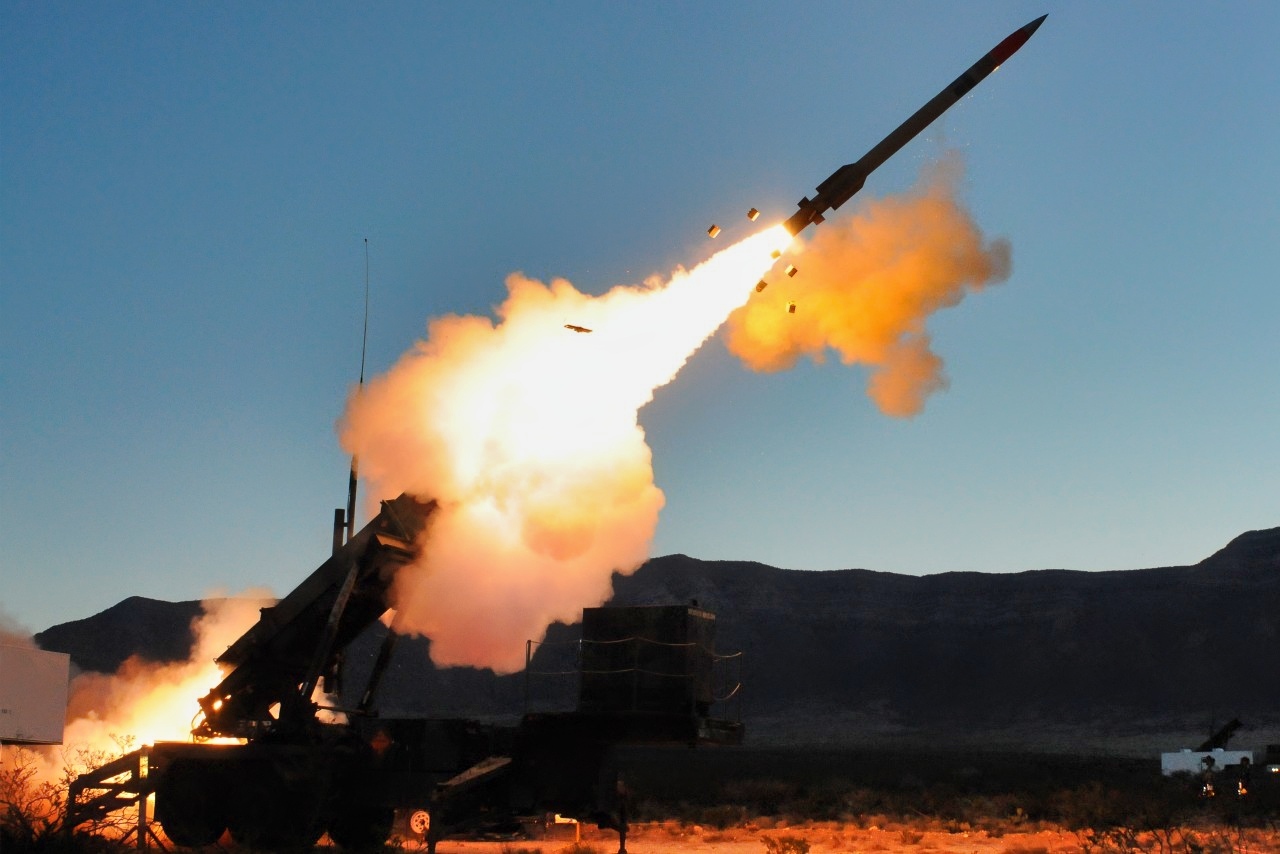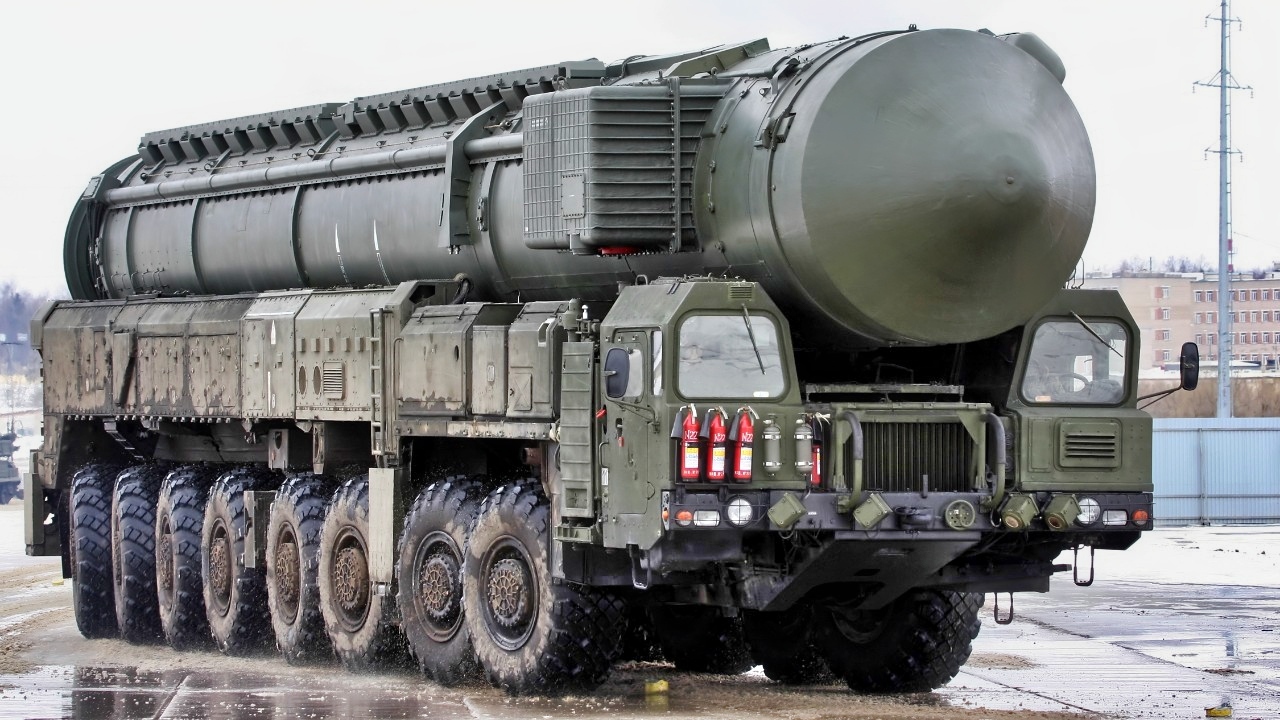Key Points and Summary – Ukraine’s Security Service (SBU) and military intelligence (HUR) pulled off a covert strike deep inside Russia, destroying a newly touted “Oreshnik” ballistic missile at the Kapustin Yar test range.
-Kept secret for over a year, the operation targeted a system Moscow claims is a hypersonic, INF-range IRBM—likely an upgraded RS-26 Rubezh with a new label.
-Kyiv says Russia tested Oreshnik three times and may have up to six launches left, with potential basing in Belarus.
-The missile’s depressed trajectory and maneuvering re-entry complicate interception by Patriot, SAMP/T, and NASAMS, but its loss at the pad undercuts the program’s aura and timelines.
Ukraine Special Ops Strike Deep Inside Russia, Destroyed New Ballistic Missile
WARSAW, POLAND – On October 31, the Ukraine Security Service (SBU) and its armed forces counterpart, the Military Intelligence Directorate (HUR), announced they had destroyed one of Russia’s top-secret “Oreshnik” strategic ballistic missiles.
The two services conducted a joint operation deep inside Russia at the Kapustin Yar test range.
The testing facility is a military training area and rocket launch complex located in the Astrakhan Oblast, approximately 100 km east of Volgograd.
It was established by the Soviet Union on May 13, 1946, and is owned and operated by the Russian Aerospace Forces (VKS). Until this operation, the Russian armed forces likely considered this facility to be too far from the front lines and too well-protected to be vulnerable to such a covert operation.
Few details about this weapon have been revealed since Putin announced its existence.
Most experts on Russian ballistic missile systems believe that the Oreshnik is not a new design, but rather an upgraded version of Russia’s RS-26 Rubezh, which was first developed in 2011.

German soldiers assigned to Surface Air and Missile Defense Wing 1 fire the Patriot weapons system at the NATO Missile Firing Installation (NAMFI) during Artemis Strike Nov. 7 in Chania, Greece. Artemis Strike is a German-led multinational air defense exercise. German soldiers Over 200 U.S. soldiers and approximately 650 German airmen will be participating in the realistic training within a combined construct, exercise the rigors associated with force projection and educate operators on their air missile defense systems. (Photo By Officer Candidate Sebastian Apel, Air Defence Missile Group 24)
Russian President Vladimir Putin announced the missile in November 2024.
He stated at the time that the Oreshnik, a name which means “hazel” in English, is a brand-new innovation in missile design that Western air and missile defense systems would be incapable of intercepting.
Not Really Anything New
However, this appears to be another of Putin’s claims about a new wonder weapon, which loses some of its luster under scrutiny.
“I’d be extremely shocked if this missile system had more than 10 percent new parts,” said Fabian Hoffmann, a defense expert and doctoral research fellow at the University of Oslo, who spoke to the Kyiv Independent newspaper in 2024 when Putin made the initial announcement.
“I think basically they just took apart the RS-26 or just cannibalized it and then put together this new missile with a couple of upgrades, and a new paint job.”
The RS-26 Hoffman refers to is the RS-26 Rubezh mentioned above, the details of which are well known.
“We believe the Russians are preparing to deploy the Oreshnik in Belarus, and we know its estimated range is about 5,000 kilometers,” said Ukrainian President Volodymyr Zelenskiy. “Europeans should pay close attention to these risks.”
The Oreshnik missile was first used against Ukraine in November 2024 and is categorized as an intermediate-range ballistic missile (IRBM) that can achieve hypersonic speed.
It reportedly has a range in excess of 3,000 kilometers and can be fitted with either conventional or nuclear warheads, and is capable of reaching speeds up to Mach 10–11.
What We Did Summer Before Last
Last Friday, the SBU chief, Vasyl Malyuk, revealed that this missile system was destroyed during this special operation while speaking with journalists alongside Ukrainian President Volodymyr Zelenskiy.
He also revealed that the destruction caused by this operation had been kept secret for more than a year.
The details were deliberately kept secret to protect intelligence sources, the SBU chief said. “If I’m not mistaken, it happened the summer before last,” Malyuk said.
Malyuk described this operation as “a 100% successful strike,” noting that at the time of the operation, even the name of the new Russian system had not yet been disclosed. “This was a successful mission. Enough time has passed, and we can finally talk about it,” Malyuk said.
He further stated that the operation’s outcome was known only to a few presidents, including Zelenskiy. He explained that Russia had previously conducted three test launches of the “Oreshnik” before the system was hit.
“They had three shots, and they used one,” Zelenskiy said, adding that Ukrainian intelligence now believes Moscow still can carry out up to six more launches.
The missile’s flight profile features a depressed trajectory and possesses an unpredictable re-entry maneuver capability, complicating its interception by NATO air defense systems that have been provided to Ukraine.
Specifically, these are the American Patriot PAC-3, France’s SAMP/T, or the joint US-Norwegian NASAMS.

The PAC-3 MSE is a highly sought-after air defense munition due to its advanced capabilities and versatility. As a next-generation interceptor, it offers improved range, speed, and maneuverability, making it an effective counter to a wide range of threats, including tactical ballistic missiles, cruise missiles, and aircraft. (Official U.S. Army photo)
Russian officials claim that this missile entered serial production in 2025.
The RS-26 Rubezh, on which Oreshnik is based, has been under development for more than seven years. It was previously criticized in the West as a violation of the since-discarded Intermediate-Range Nuclear Forces (INF) Treaty negotiated in the 1980s.
About the Author: Reuben F. Johnson
Reuben F. Johnson has thirty-six years of experience analyzing and reporting on foreign weapons systems, defense technologies, and international arms export policy. Johnson is the Director of the Asia Research Centre at the Casimir Pulaski Foundation. He is also a survivor of the Russian invasion of Ukraine in February 2022. He worked for years in the American defense industry as a foreign technology analyst and later as a consultant for the U.S. Department of Defense, the Departments of the Navy and Air Force, and the governments of the United Kingdom and Australia. In 2022-2023, he won two consecutive awards for his defense reporting. He holds a bachelor’s degree from DePauw University and a master’s degree from Miami University in Ohio, specializing in Soviet and Russian studies. He lives in Warsaw.
More Military
The British Army’s Big Challenger 3 Tank Mistake Still Stings
F-35 Stealth Fighter Program Has Passed the Point of No Return
The Iowa-Class Battleships Have A Message for Any Navy on Earth
Canada Has a Big Message for the Eurofighter Typhoon
The Mach 2 F-16 Fighting Falcon Fighter Has a Message for the U.S. Air Force
